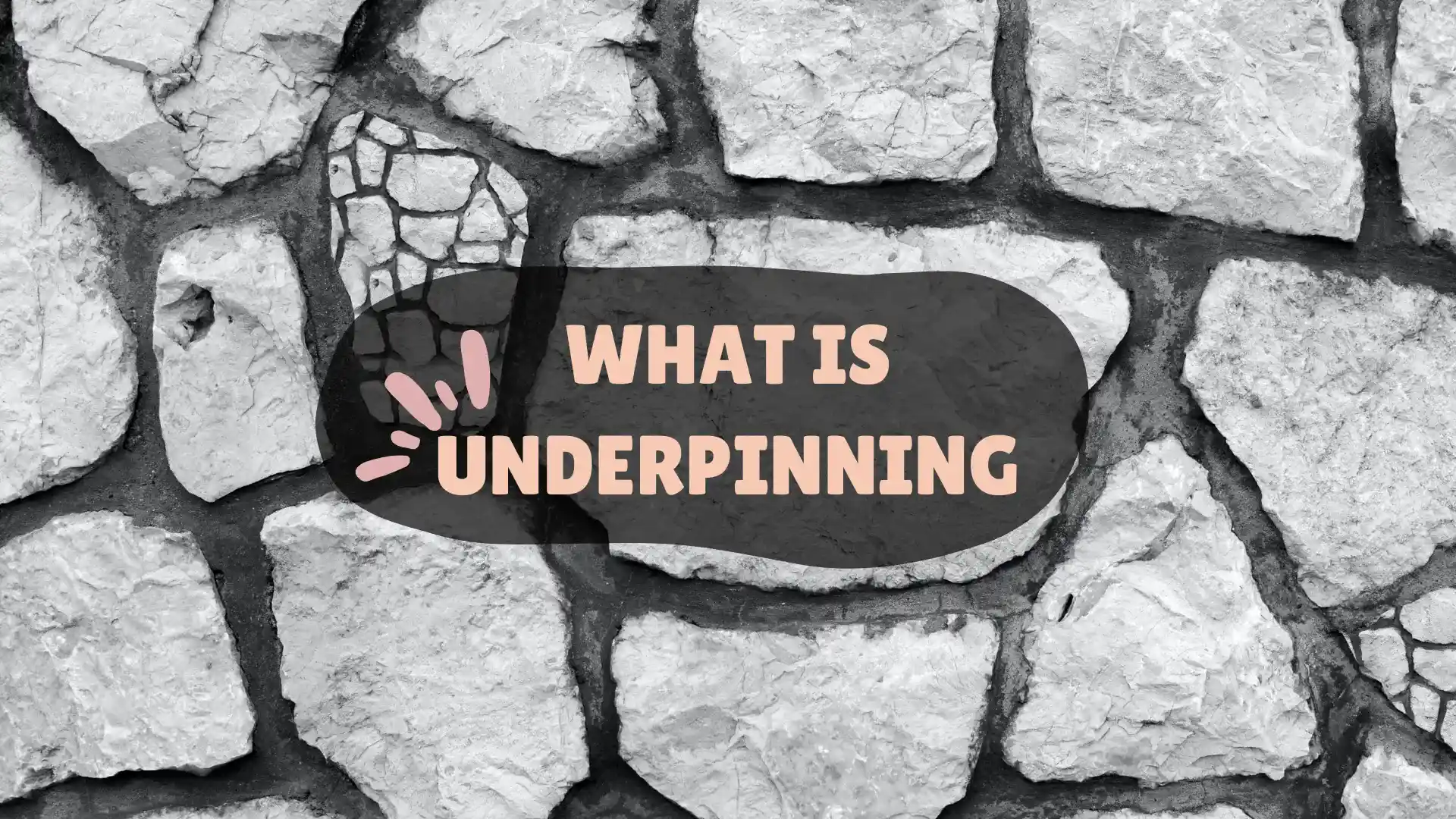What is underpinning and why, when it is required? Underpinning is the process of reinforcing a building or structure’s existing foundation. It usually entails increasing the depth of the foundation or distributing the weight across a larger region. Underpinning is usually a big repair project.
Today in this post, we will tell some basics of underpinning and what exactly what is underpinning foundation is. In simple words underpinning is a good mathod repairing and strengthening of a buliding foundation. To know more about it, check on Mainmark Ground Engineering.
To select the best solution, you must first analyze the current status and any issues affecting the foundation. Underpinning is the support that a product or service provides for another. It can be thought of as the foundation for the product or why it works. The underpinning makes something work, and it’s often invisible to us when we first encounter something new.
Why is Underpinning Required?
There are numerous reasons why your home may require underpinning. Subsidence difficulties are frequently involved. Some reasons why underpinning may be required include the following:
- A shift in the soil conditions beneath the foundation.
- During the design phase, soil properties were not appropriately considered.
- The original foundation is no longer appropriate or strong enough.
- The construction/repair/excavation of adjacent structures jeopardizes the current foundations.
- Additional underground floors will be built.
Increasing the Stability of a House's Foundation
If you have noticed multiple cracks developing in your house, your foundation may be experiencing major issues. Underpinning is the finest method to restore the strength of your foundation if this is the case.
Underpinning Techniques:
1. Mass Concrete Underpinning Techniqe
This method has been used for almost a century and is still successful, albeit labor-intensive. It entails excavating parts of the space beneath the foundations one at a time and pouring in concrete. Eventually, a whole extra layer of concrete will be added beneath the original foundations, guiding the load to a more secure level. This works best with shallow foundations. Although it takes longer than other procedures, it does not require large machinery.
2. Beam and Base Technique
In this method, a reinforced concrete beam is placed, usually beneath the existing foundations, and is supported by a series of mass concrete bases. The weight will be distributed to a firmer subsoil layer if the bases are properly placed.
3. Mini-Piled Technique
Mini-piling, perhaps the most prevalent method today, entails auguring or driving slender piles to great depths and securing them at a stable level. This requires specialized equipment and higher technical precision than the concrete mass method. Still, it allows the piles to take advantage of stable levels well below five meters – levels that other underpinning techniques would not be able to reach.
4. Resin Injection Method Expansion:
This relatively new invention tries to harden the soil rather than install more foundations. A resin and hardener combination is injected into the ground, compacting it and letting it withstand the weight of the building more effectively.
Which Underpinning Techniques Are the Best?
Each of the four approaches has benefits, and the best will depend on the particular circumstances. Nowadays, resin injection or mini-piling is used for most underpinning, albeit the former is typically more secure, particularly if a firm substratum can be located more than five meters below the surface.

